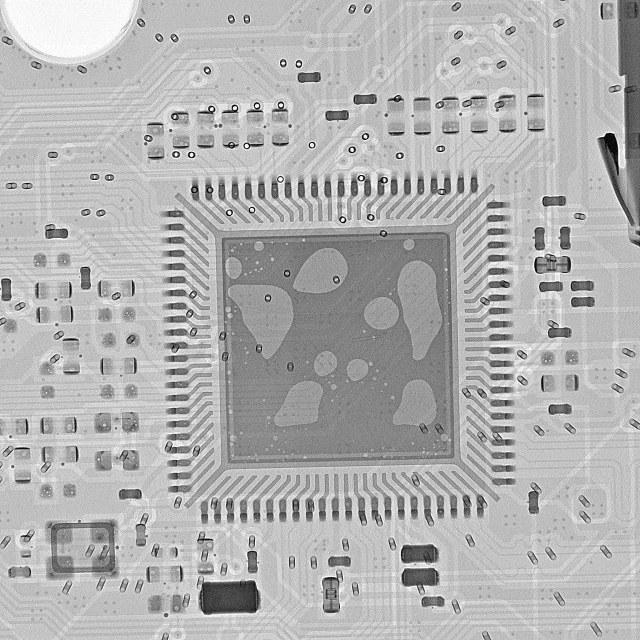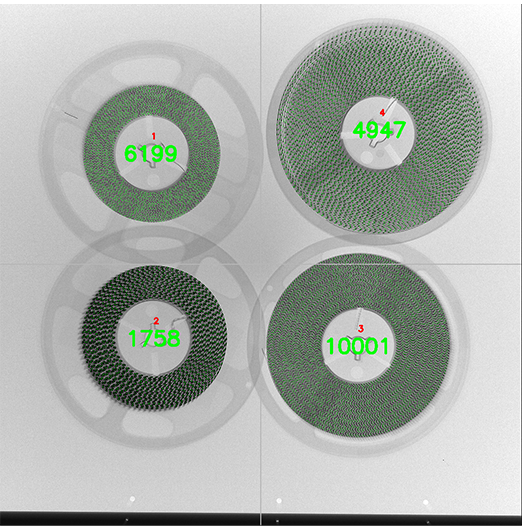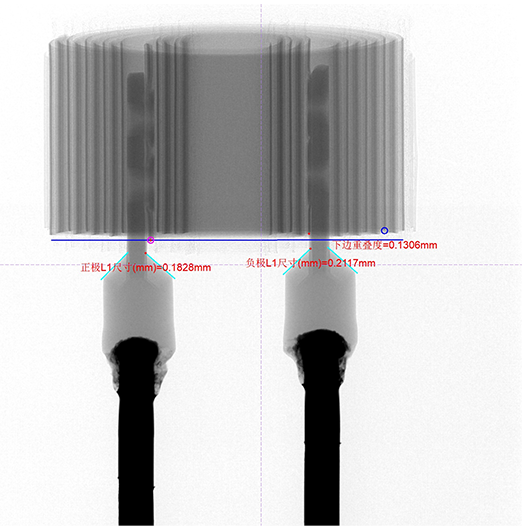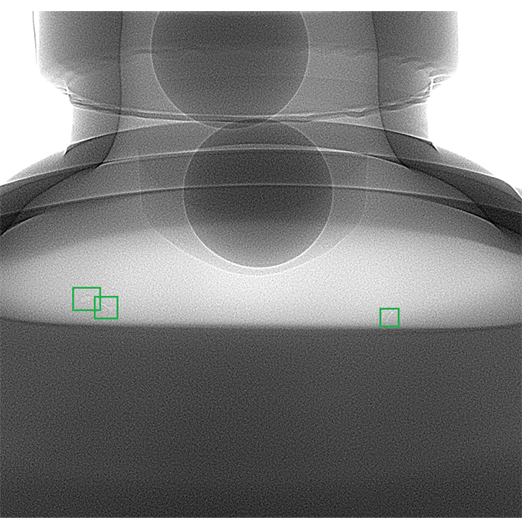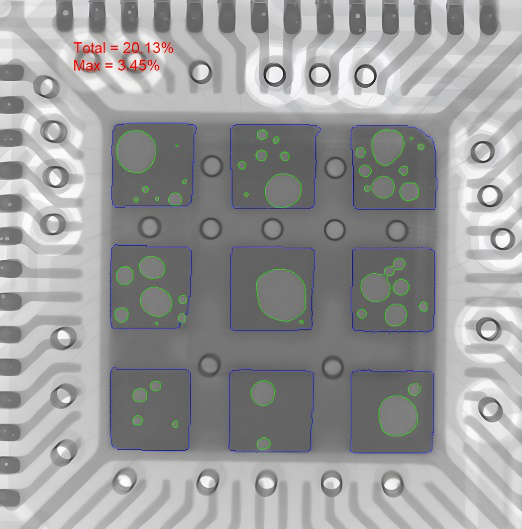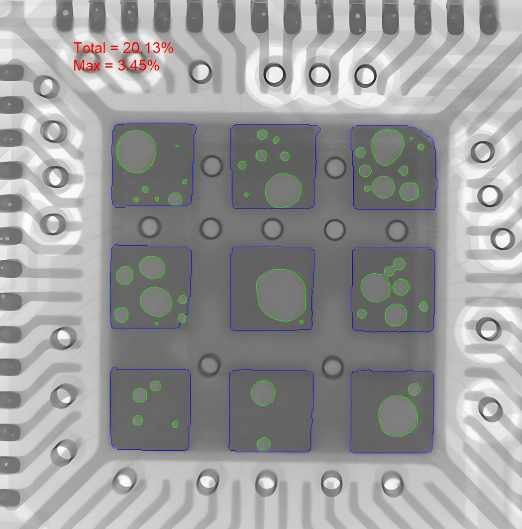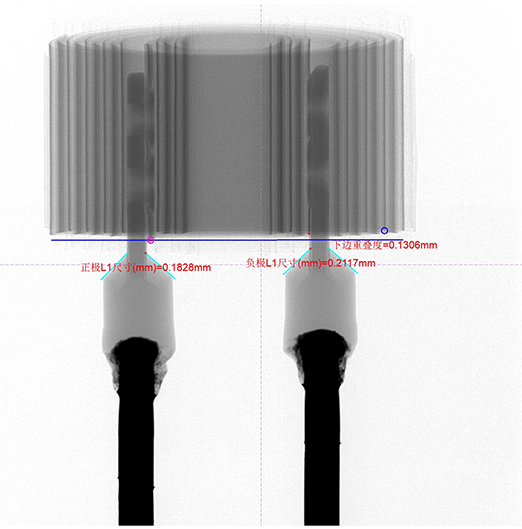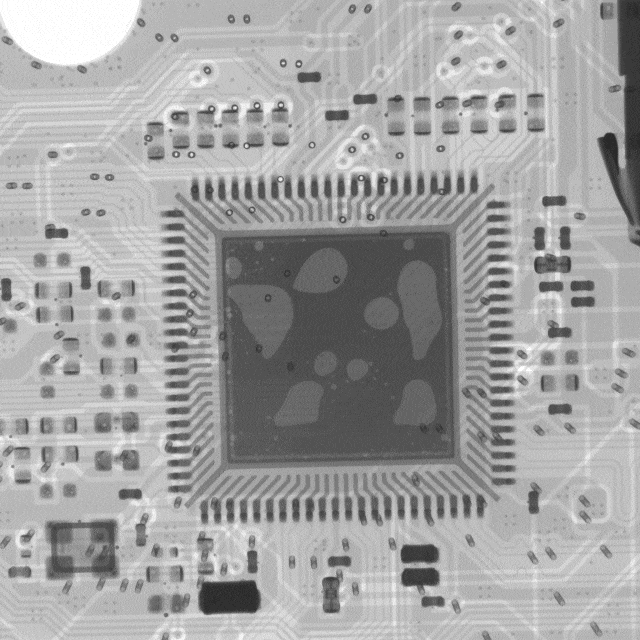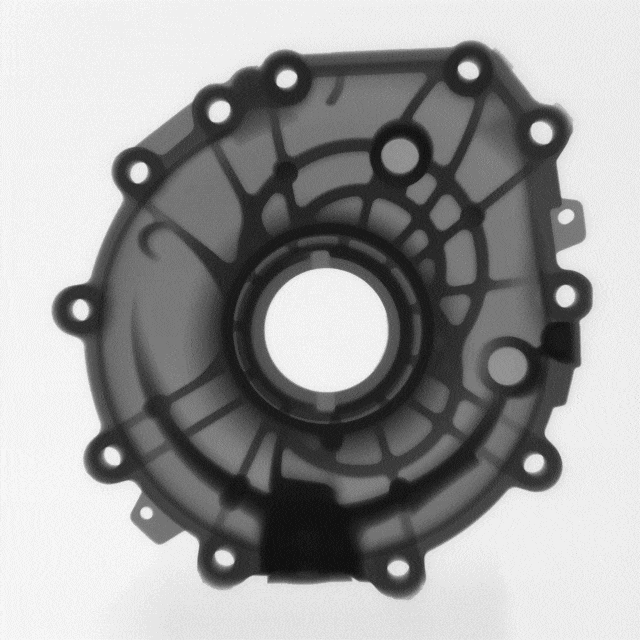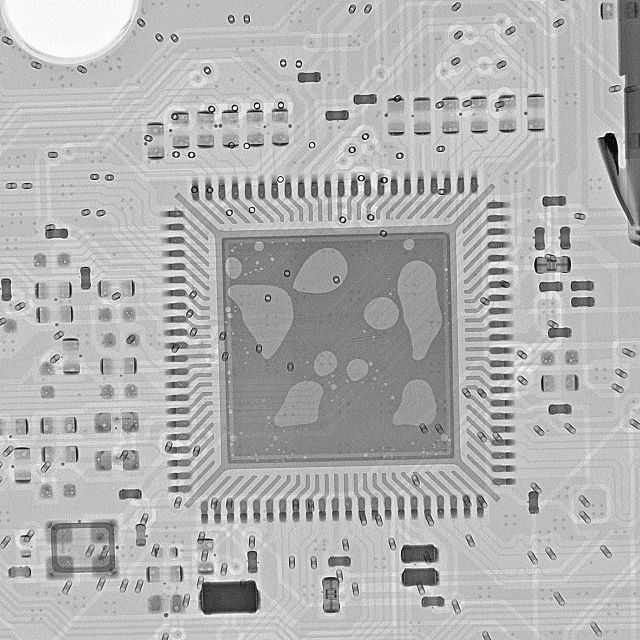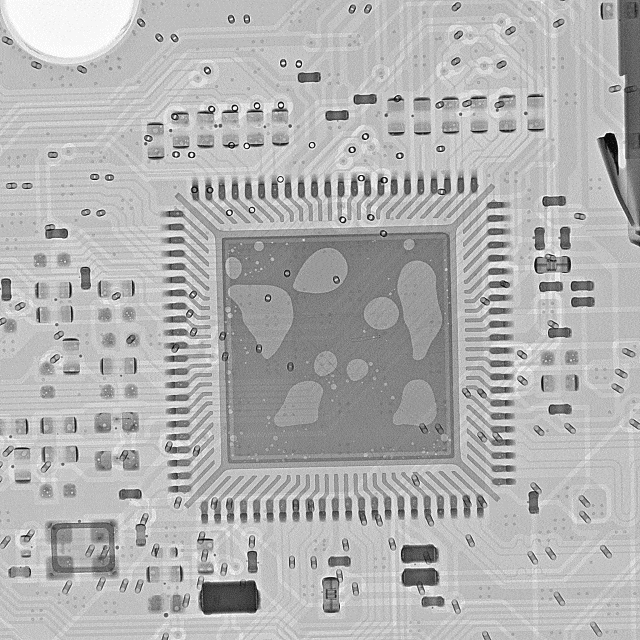Wahfei X-Mind Intelligent Inspection System
The X-Mind intelligent detection system is a new generation of intelligent detection platform built by our company based on WPF. It uses C # to implement the main business logic and interaction layer, and combines our independently developed extensible AI inference+classical algorithm framework based on C++to construct an efficient and stable cross technology stack architecture.
资料下载
Interested in our X-Ray inspection equipment or systems? Feel free to contact us directly at Wahfei@foxmail.com
Submit the form, and we will reply to you on working days
Make a call, and we will answer it in real-time, 24/7
Make a call, and we will answer it in real-time, 24/7







